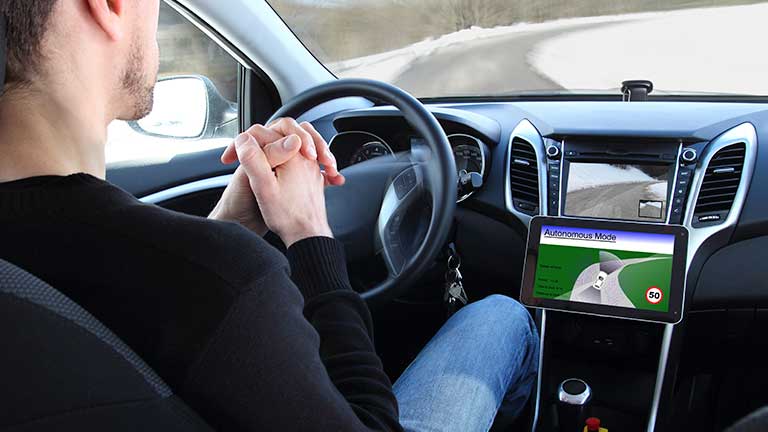The Growth and Increasing Sophistication of ADAS in the World

As electronics in our vehicles continue to become more sophisticated, ADAS (Advanced Driver Assistance Systems) are taking center stage. These systems make many aspects of driving easier, and—most importantly—safer. Systems that prevent accidents clearly have the capability to save lives, and prevent injuries. One example for this is the rearview camera, which provides a video image for the driver to see while backing up. Laws in several countries require that passenger vehicles must have back-up cameras.
- Examples of ADAS include:
- Lane Departure Warning System
- Surround View Park Assist
- Adaptive Cruise Control
- Blindspot Detection/Monitoring
- Night Vision
- Driver Monitoring
The two types of systems featured in this article are Lane Departure Warning System and Surround View Park Assist.
Lane Departure Warning System (LDWS)
The lane departure warning system (LDWS) refers to a specific function by the ADAS system that enables the vehicle to sense and make calculations to determine if the vehicle is moving in the lane properly. The calculation is on-going and sound or vibration warnings may be issued to driver, if it determines that the vehicle is departing from the intended lane. In some situations, it may provide corrections to the steering wheel.

The following figure demonstrates a typical system architecture that enables the lane departure warning function with audio and video feedback.

The front cameras capture real-time video frames, which is fed to the Pre-processor unit first to convert the frame to more readily useable data. The key visual objects, such as lane markers are what the processing is designed to accentuate. This information then is available to the main processor, along with additional input data such as speed, steering position, and turn signal stalk, fed via CAN network. The main processor fuses all the data, and determines the vehicle position, and possible lane departure, and whether to take an action. The video frames are buffered in the external DDR2/3, LPDDR2/3 memories. The video may consist of lighting or graphical indications, while audio may provide beeps, chimes, or other attention getters. In some LDWS, vibrations or corrections may be transmitted to the steering wheel.
Surround View Park Assist
A system that provides a surround view of the vehicle provides a clear and complete picture of potential obstacles and constraints that the driver should recognize and take into account while parking. With several cameras positioned around the vehicles, the images can be captured. The images are buffered in the DRAM until sent to the display. A more sophisticated feature of some surround view systems is to combine the different views together in a comprehensive image (ie. Top view). In this manner, the driver can see everything at one glance. In order to accomplish this, the MPU must combine each image and apply mathematical mapping and alignment of images to create a realistic picture for the driver. The level of data manipulation and accesses tends to require a higher end MPU and high bandwidth DRAM than might otherwise be needed for single images. Data taken from the gear box, steering wheel, or speedometer is transmitted via CAN to the MPU which may select the appropriate image for the display, or be needed for calculations or the system algorithm. Sonar inputs on the bumpers are sometimes included in the system, adding to array of information provided to the driver.
The following figure demonstrates a typical system architecture that enables the surround view park assist with audio and video feedback.


